On April 6th the Spanish government changed the rules regarding its Travel Health Form, which previously all passengers had to fill out before arrival in Spain.
Now, those travellers with an EU Digital Certificate or EU Equivalent only need to show their certificates upon arrival at the airport instead and are not required to complete the form.
Read on to find out if you are obliged to fill out the form or not. Those unsure exactly how to go about filling out, the form should follow our handy step-by-step guide below to make it easier for you.
Check if you need to complete the form:
All holders of an EU Digital Covid Certificate or equivalent now don’t need to complete the form.
So far, 37 non-EU countries (and territories) have joined the EU Digital COVID Certificate system, meaning that their equivalent certificates are accepted in the EU under the same conditions as the EU Digital COVID Certificate. Likewise, the EU Digital COVID Certificate is accepted by those 37 countries.
The list includes countries such as the UK, New Zealand, Israel, Singapore and Malyasia, but does not include the US, Canada or Australia. In order to check the validity of your certificate and if your country is one of the 37 read on.
Check validity
The first step is to visit https://www.spth.gob.es/ where you can access the form. You can also access it via the app here.
The first thing that the site will do is to give you two options – a yellow button for those who have an EU Digital Certificate or equivalent and a blue button for those who don’t.
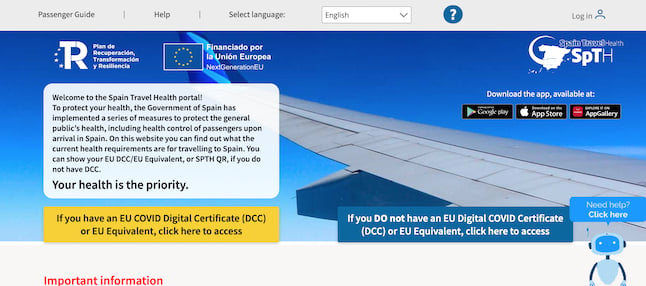
To check if your certificate is valid for entry to Spain or whether you still need to complete the Health Control Form, click on the yellow button that says ‘EU Digital Certificate or EU equivalent’ to check or click here.
First, you will need to introduce your date of arrival in Spain and indicate the country of origin of your trip, before uploading your certificate to the site.

Filling out the form
If you do still need to complete the Spain Travel Health Form, click on the blue button on the homepage. You will then select whether you need to fill out an Individual FCS form or a Family/Group FCS form. Remember that each person in the group (including children) needs their own form. If you’re travelling as a couple, for example, each partner must complete their own individual form.
Next, fill out your passenger data, including names, passport or ID number, your flight number and e-mail address. Make sure this information is correct as you can’t go back and change it later. At the bottom, check the box if you’re transiting or if you’ve filled out the information for a minor and send the form.
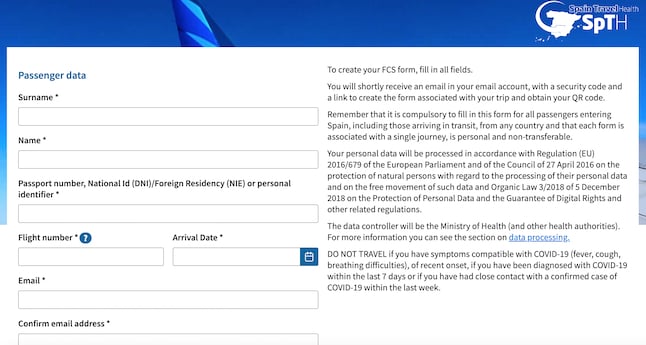
Step 1:
You will then receive an e-mail stating that your details have been correctly registered and will be given a link to complete the second part of the form. You will also receive a code you need in order to access the next steps.
This second part can only be filled out within the 48 hours before arrival into Spain. If you have done this ahead of time, you can continue with your form at a later date by clicking the ‘continue with form’ buttons on the home page.

In order to fill out this second part, you will need your passport details, your proof of vaccination or recovery certificate, and your boarding pass on hand.
This part has five steps to complete. The first step will be to check your personal details are all correct and fill out the rest before saving and continuing.
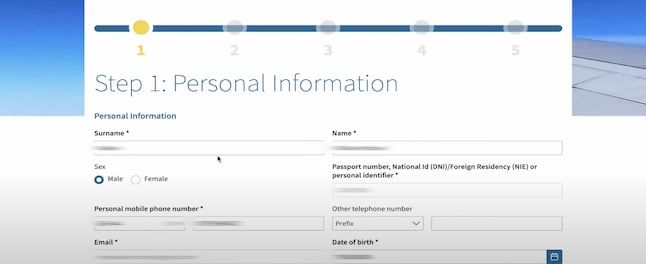
Step 2:
The next step is to do with your flight information. You have already filled out your flight number and arrival date, but here you will need to fill out extra information such as the airline name and your seat number, which should be on your boarding pass.
For this step, you will also need to complete the details of where you will be staying in Spain, either the name and address of your hotel if you’re a tourist, the address of friends and family if you’re visiting people you know, or your own address if you’re resident in Spain.

Step 3:
Step three of the form will ask you about your travel history, including the origin country of your trip and any other countries you’ve passed through in the past 14 days. Choose and add the number of countries necessary. Underneath, the form will also ask you the reason for travel.
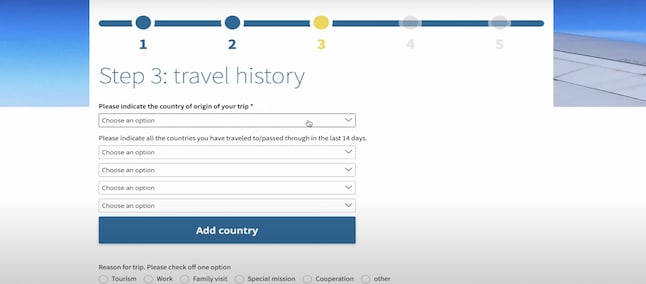
Step 4:
Step 4 is Spain’s health questionnaire, asking you whether you’ve been in contact with someone who has had Covid-19 in the past 14 days, as well as information about your vaccination and recovery status.
Select the type of certificate you have and the reason for it.
If you have selected vaccination as your reason, you will need to then fill out details about the type of vaccine you received, where you had it and the date on which you had your last dose. You may also need to upload your certificate to the website and wait for it to be validated or your certificate may be validated upon arrival.
Similarly, you will have to fill out the necessary details about your negative Covid test or recovery certificate.
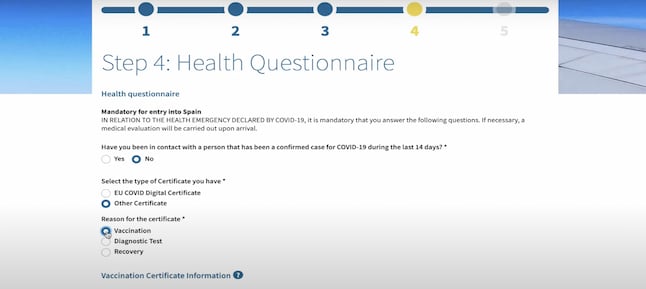
Step 5:
The final part of the form is signing an affidavit, agreeing to isolate if you experience any Covid-19 symptoms while in Spain.

This will then end the process and you should get an automatic message telling you that your form was completed correctly. It will also give you a choice to download your QR code in PDF format or in a wallet format for your phone.
You will also receive it via e-mail, so don’t worry if you can’t download it straight away. When you’re done, click on finalise to finish the whole process.


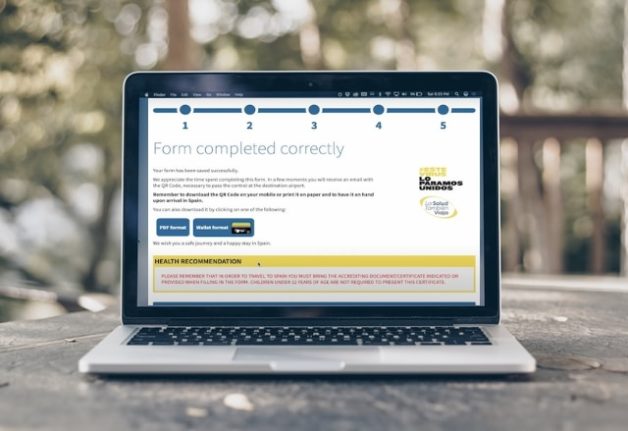
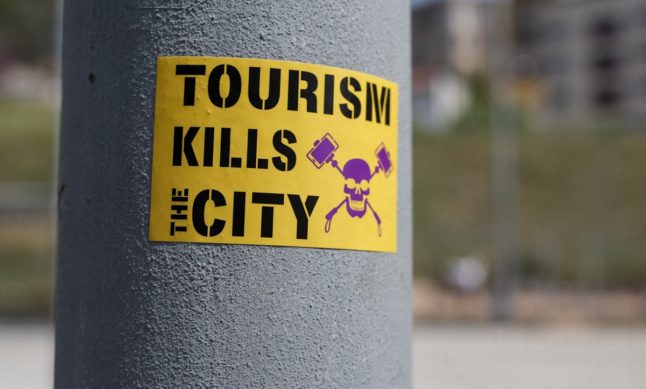

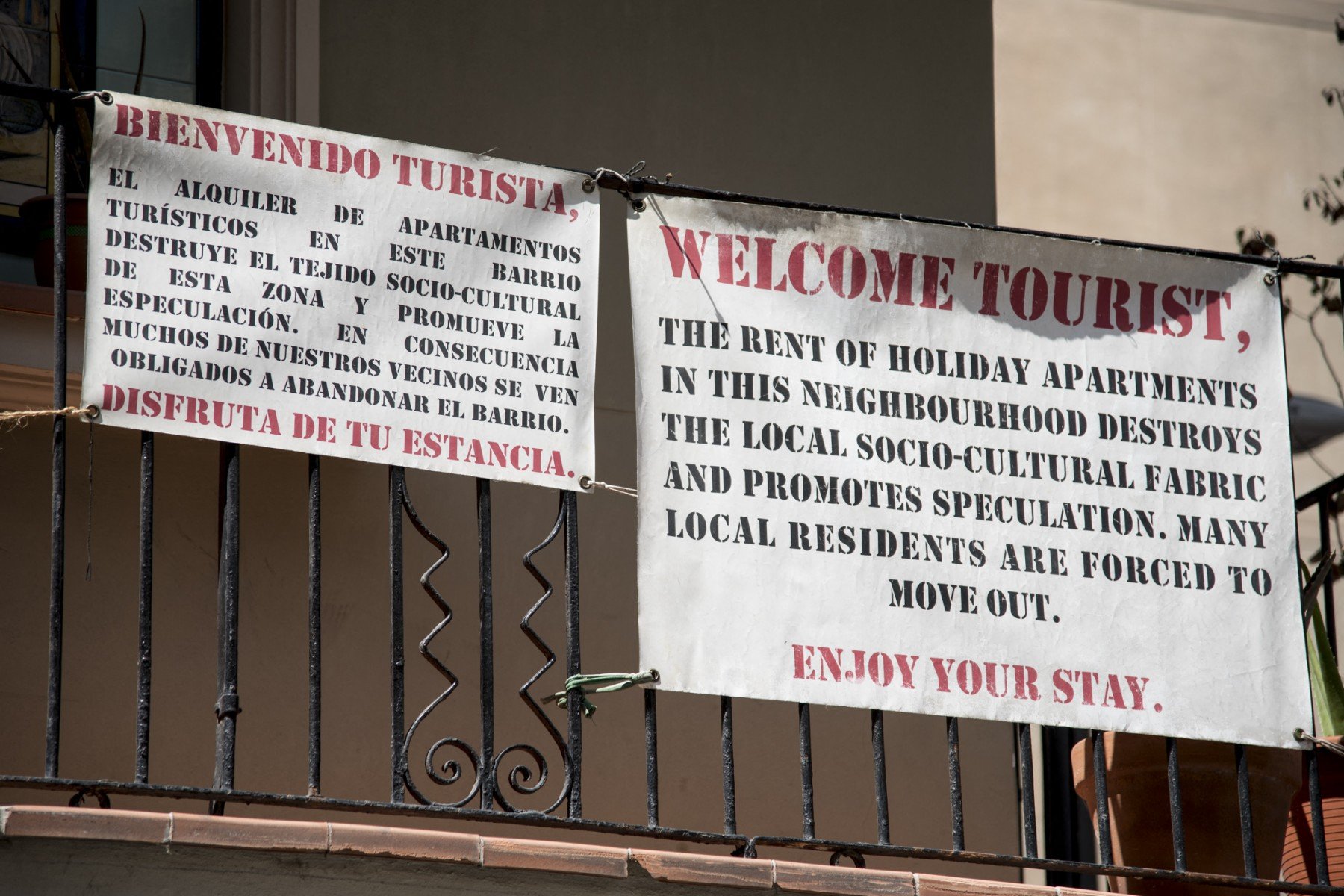
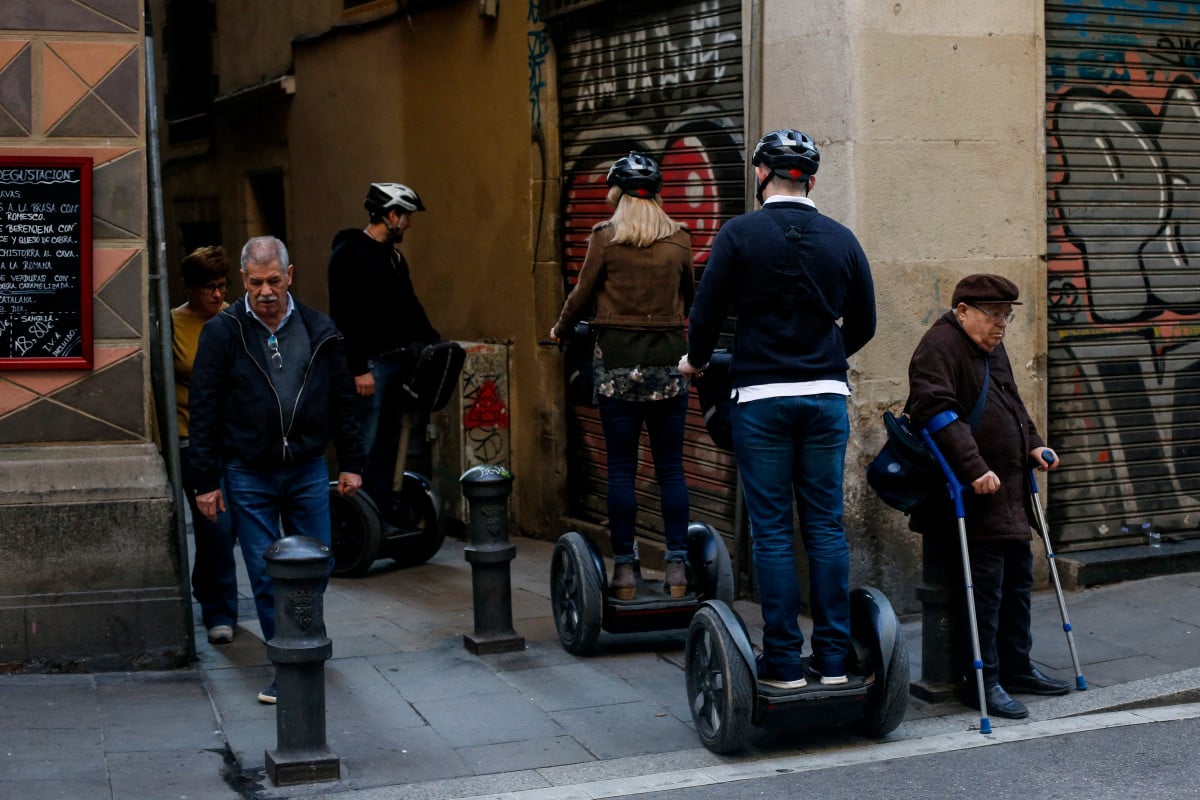
 Please whitelist us to continue reading.
Please whitelist us to continue reading.
Member comments